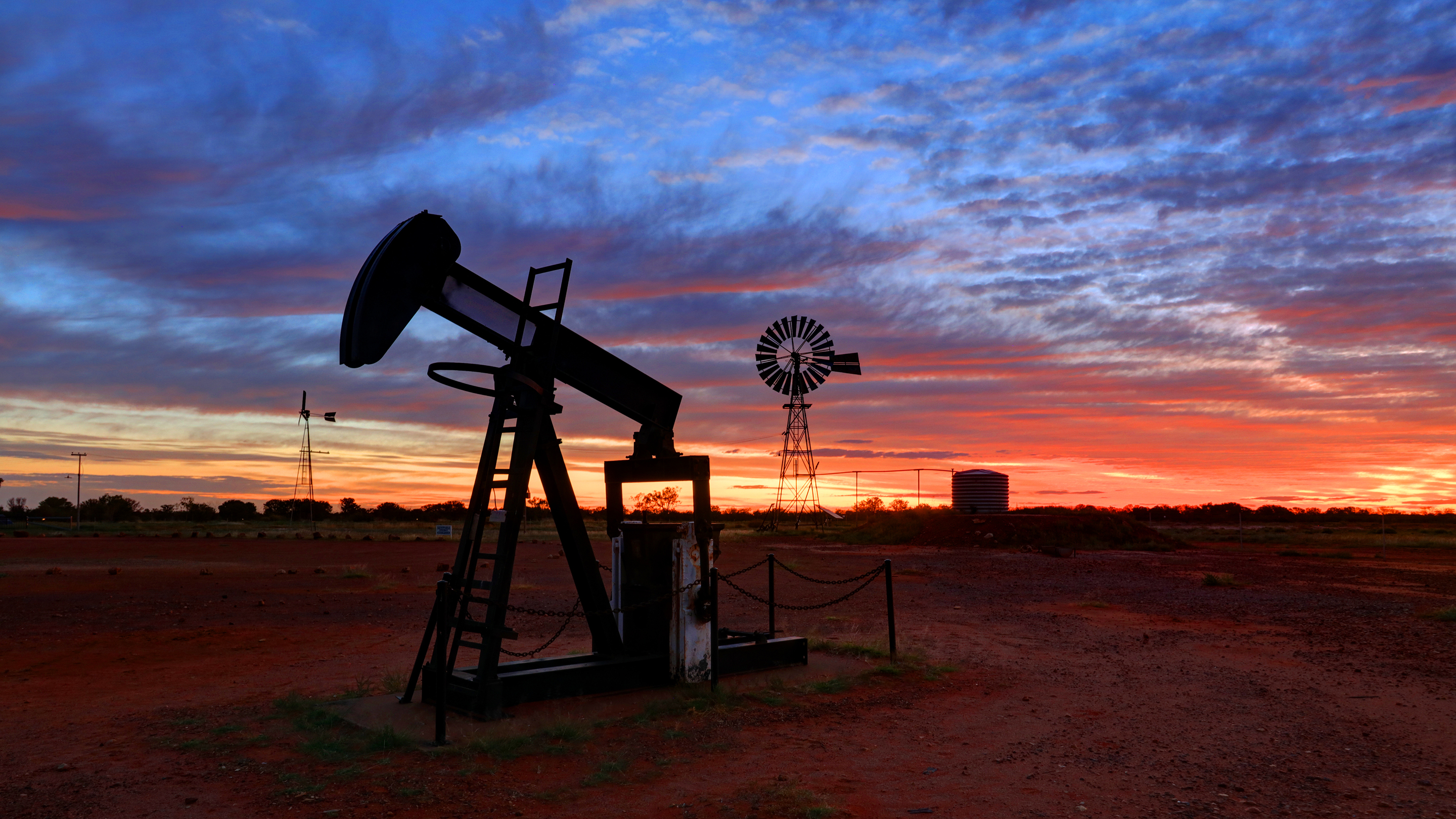Hydro Power Plant

The Thargomindah Artesian Hydro Power Plant is believed to be the oldest, working unit in Australia, and possibly the world!
Thargomindah was the first town in Australia, and third in the world, to produce hydro-electric power for street lighting by using the water pressure from the Artesian Basin. In 1891 drilling commenced on a bore to supply the town with water, and in 1893 a good supply was struck at a depth of 2650ft (808mtrs) with the water coming from the bore at a temperature of 84°C (182°F). The old bore was the source of energy for Australia's first hydro-electric scheme when in 1898 Thargomindah's street lights were powered by means of generators coupled to a water turbine driven by the bore's natural water pressure. This method was in operation until 1951, when diesel generators were installed. The town was connected to the Grid system in 1988.

All tours - Hydro, Old Hospital and Old Jail - are fully automated so you can visit at your own leisure, you just need to purchase a swipe card for $12.50 pp. These are available from the Thargomindah Visitor Information Centre. When you've finished all tours, drop your card into one of the card return boxes at each location or return to the Visitor Centre.
Also at this site, you can see close up a windmill and a decommissioned oil "donkey", similar to those that may be seen from the road as you head west through the oilfields.

Energy Resources Face Sheet - Click to view(PDF, 1MB)
The Great Artesian Basin

The Great Artesian Basin (GAB) is one of the most important water resources in Australia. It underlies an area of 1.7 million square kilometres, approximately 22 percent of the continent. It is the only source of reliable water for human activity and water-dependent ecosystems in much of the arid and semi-arid landscape overlaying the Basin in Queensland, New South Wales, South Australia, and the Northern Territory. The deposits occurred in three major depressions; the Carpentaria, Eromanga and Surat basins, which together form the Great Artesian Basin. Across the basin, the average depth of bores is 500m, but some bores have been drilled to 2,000m depth.
Formed between 100 and 250 million years ago, the Basin comprises alternating layers of water-bearing (permeable) sandstone aquifers and non-water-bearing (impermeable) siltstones and mudstones. The impermeable rocks confine the aquifers, causing the groundwater to become pressurized. In most areas, the water is under sufficient pressure to provide a flowing source once it rises to the surface through artesian bores and natural springs.
(Reference: Department of Environment and Resource Management, Queensland Government)
Click to visit the Great Artesian Basin Website
Location
Hydro Power Plant, Bundeena Road, Thargomindah 4492 View Map
-27.9860093,143.815934
Hydro Power Plant, Bundeena Road ,
Thargomindah 4492
Hydro Power Plant, Bundeena Road ,
Thargomindah 4492
Hydro Power Plant